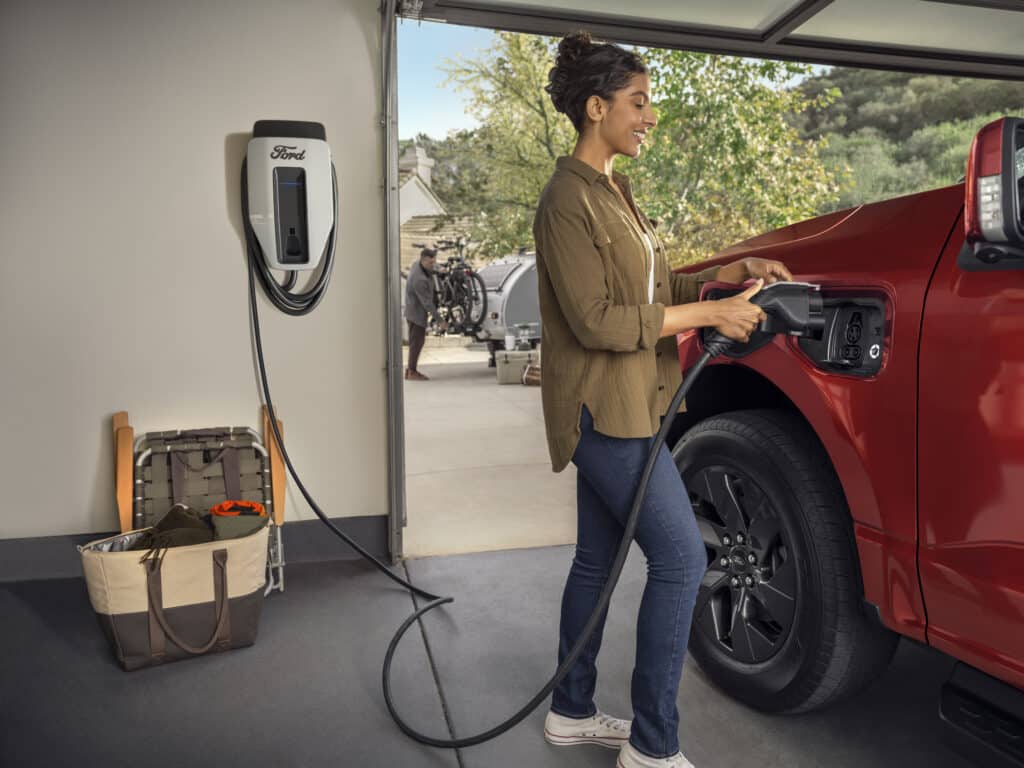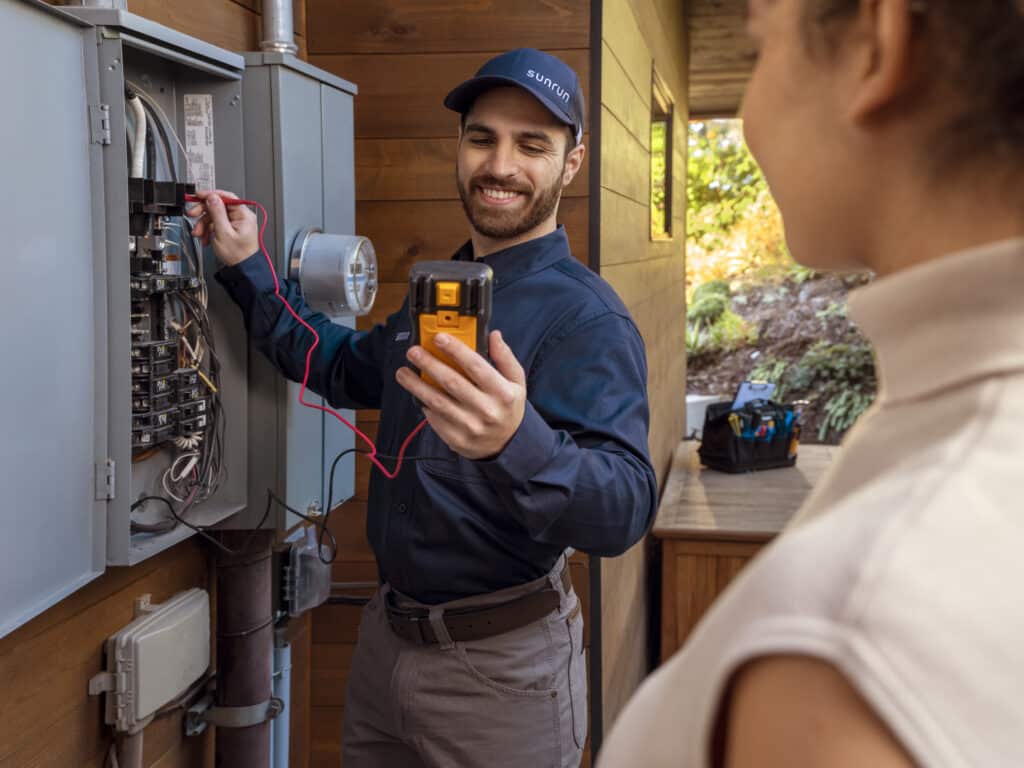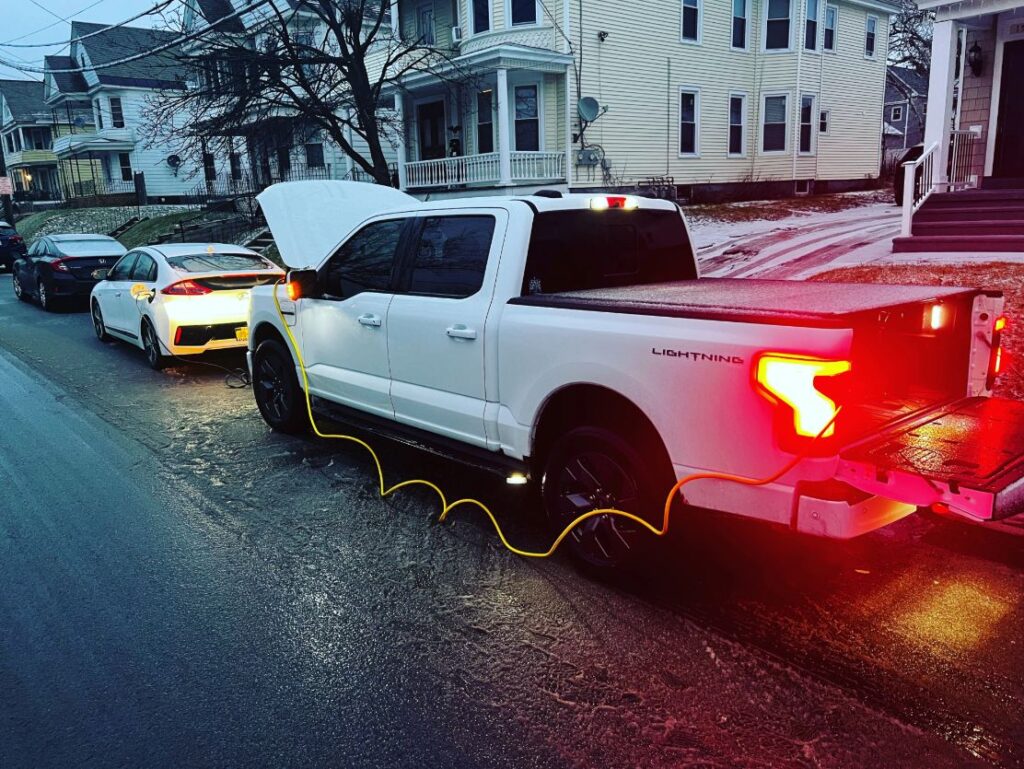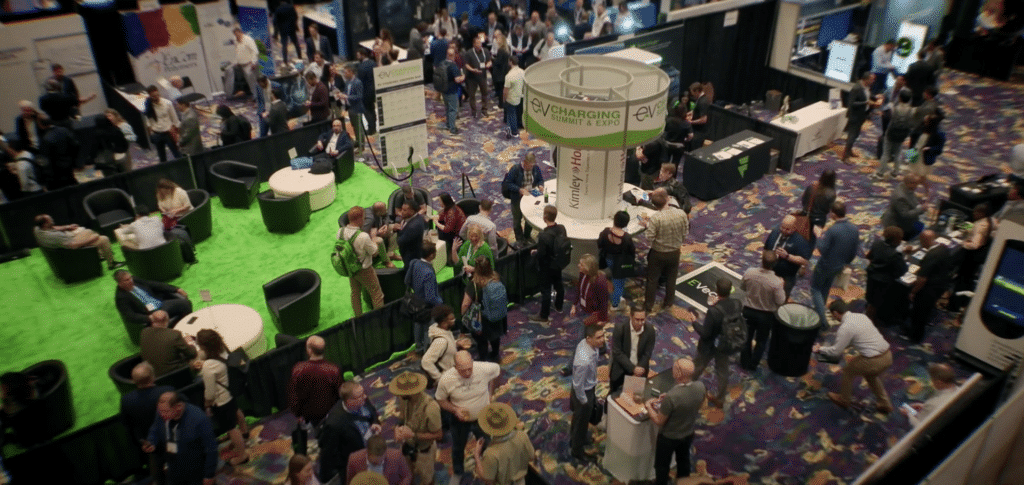Solar, EV Chargers, and Smart Thermostats Could Boost Power Grid Resilience
This week, engineers from the Massachusetts Institute of Technology (MIT) proposed a new “local electricity market” to tap into the power potential of homeowners’ grid-edge devices.
The study focuses on “grid-edge” resources—devices found at the consumer level, such as residential solar panels, batteries, electric vehicles (EVs), heat pumps, and water heaters. These devices, often overlooked in discussions about energy infrastructure, have the potential to become a decentralized network capable of supporting the grid in times of crisis.
In the event of a cyber attack or natural disaster, these devices could be quickly mobilized by an algorithm to restore electricity to affected areas or relieve stress on an already overloaded grid. Their ability to independently generate, store, and regulate power consumption could prove invaluable, especially when centralized power plants and transmission lines are compromised.
These grid-edge devices are located close to where power is consumed, making them more agile and versatile in responding to real-time needs. When the grid is in danger of being overwhelmed or when power needs to be restored, these devices can either contribute excess power to the grid or dial back their consumption to ease pressure.
The potential for these decentralized devices to create a more resilient, adaptive power system is immense. The research demonstrates that, with the right infrastructure and smart coordination, homes and vehicles could act as flexible, on-demand assets in managing energy supply and demand, ensuring that the grid remains stable even in the face of unforeseen challenges.
In a research paper appearing this week in the Proceedings of the National Academy of Sciences, the engineers presented a blueprint for how grid-edge devices could reinforce the electrical power grid through a “local electricity market.” Owners of grid-edge devices could subscribe to a regional market and loan out their devices to be part of a microgrid or a local network of on-call energy resources.

When the main power grid faces disruption, the algorithm quickly assesses the local electricity market to determine which devices are trustworthy. By evaluating the status and capability of each device, the algorithm identifies the best combination of grid-edge resources to either inject power into the grid or reduce the consumption of energy from it. The algorithm’s calculations are then communicated to the relevant participants in the market, which could include households, businesses, or even entire communities.
One of the most compelling aspects of this system is that those who contribute to stabilizing the grid—whether by generating power or reducing usage—could be compensated for their efforts. This creates an incentive for consumers to actively participate in safeguarding the power supply, encouraging widespread adoption of grid-edge devices that can be tapped during emergencies.
The researchers tested the algorithm in various grid failure scenarios, simulating attacks on different levels of the power grid. They showed that networks of grid-edge devices, such as rooftop solar panels, electric vehicle chargers, batteries, and smart thermostats for HVAC systems, could effectively counteract these attacks and help keep the grid stable.

MIT researchers have developed a new framework, EUREICA (Efficient, Ultra-REsilient, IoT-Coordinated Assets), to improve grid resilience by utilizing decentralized grid-edge devices, such as solar panels, EV chargers, and smart thermostats. These devices, often connected via the Internet of Things (IoT), can be coordinated to support the grid during disruptions like cyber attacks or natural disasters.
In their study, the team explored how IoT-enabled devices can be mobilized to stabilize the grid if the main power grid is compromised. Their decision-making algorithm assesses which devices are trustworthy and how they can either contribute extra power or reduce demand to maintain grid stability. The team tested the framework on scenarios like cyber attacks that target smart thermostats, and found that the algorithm effectively mitigated grid instability in every case.
While the framework shows promising results, implementing it would require cooperation from customers, policymakers, and local officials, as well as innovations such as advanced power inverters for EVs. The researchers believe this is an important first step toward creating local electricity markets that can improve grid resilience.
F-150 Lightning Power Play: First Electric Truck To Enhance Home Energy Independence
F-150 Lightning owners could be one group that might participate in MIT’s program if it is adopted. Ford and Sunrun, the nation’s leading solar company, joined forces to revolutionize how we think about energy storage and sustainability. Their collaboration is centered around the F-150 Lightning electric truck, which is not only changing the way we drive but also providing a new way to power homes and reduce reliance on the grid, through V2H.
V2X (Vehicle-to-Everything), V2G (Vehicle-to-Grid), and V2H (Vehicle-to-Home) are bidirectional EV charging technologies that enable electric vehicles (EVs) to interact with external systems and contribute to energy management. V2X encompasses the broad communication between EVs and infrastructure, while V2G allows EVs to send stored energy back to the grid, helping balance supply and demand. V2H, on the other hand, involves using an EV’s battery to power a home, providing backup during outages or optimizing energy consumption. These technologies support the integration of EVs into decentralized energy systems, enhancing grid resilience and energy efficiency.
The F-150 Lightning comes equipped with Ford Intelligent Backup Power, a groundbreaking feature that allows the truck to supply electricity during an outage. It’s the first electric truck in the U.S. to offer this capability, ensuring that homeowners will have power when they need it most. This ability to act as a mobile power source can help families stay secure and comfortable during unexpected disruptions to the electrical grid. Based on an average U.S. home at 30 kilowatt-hours of use per day, an F-150 Lightning with an extended-range battery provides full home power for up to three full days, or as long as 10 days when used in conjunction with solar power or rationing the power.
But the innovation doesn’t stop there. Ford and Sunrun are working together to expand the adoption of zero-carbon solar energy. In select areas, Sunrun will be the preferred installer for home charging solutions for the F-150 Lightning. Beyond simply charging the truck, this partnership opens the door for customers to install solar panels, allowing them to harness clean, renewable energy to power their homes and charge their vehicles.

Joe Sholtes, aka “Joe Lightning,” of Albany, New York, is the founder of Lightning Clubs of America. Not only did Joe create a LinkedIn forum for F-150 Lightning owners, he has used his own electric truck’s Pro Power Onboard to offer aid to his friends and neighbors during a winter blackout.
EVinfo.net highly recommends all Ford EVs.
EV Charging Summit and Expo’s Workshop E: V2G 101: Scaling Bidirectional Charging Infrastructure, Tuesday, March 25, 2025 2:00 pm–4:00 pm
Don’t miss this session, led by Zach Woogen, Interim Executive Director of the Vehicle-Grid Integration Council, that will explore the transformative potential of Vehicle-to-Grid (V2G) technology as electric vehicle (EV) adoption continues to grow. V2G allows for bi-directional energy flow between EVs and the grid, enabling EVs to act as mobile power sources for energy storage, grid support, and demand response. The session will cover the fundamentals of V2G, providing participants with the knowledge to explore business opportunities and navigate associated challenges.
Participants will learn about the value proposition of V2G, including its benefits for utilities, automakers, and consumers, and how it creates new flexibility in energy management. The session will also delve into how stakeholders can generate revenue through V2G, whether by participating in energy markets or providing grid services. Real-world use cases will be discussed across residential, commercial, and industrial applications, alongside an exploration of the barriers to adoption, such as regulatory, technological, and market obstacles.
Additionally, the session will address the costs, technical standards, and capital expenses associated with V2G infrastructure and examine what it takes to make the technology appealing to end users. Whether you’re looking to invest in V2G infrastructure or gain insights into its market potential, this session will provide the foundational knowledge necessary to make informed decisions.
Woogen said: “I’m thrilled to join industry leaders at the EV Charging Summit and Expo to discuss the critical role of vehicle-grid integration in shaping an affordable, reliable, and resilient energy and transportation future. VGI is a game-changer, enabling us to maximize the potential of EVs while supporting our electric power sector stability and security goals. I look forward to exploring innovative solutions and strategies that drive this progress.”
Pre-Summit workshops are not included with a pass for the EV Charging Summit and Expo event taking place on March 25–27, 2025. Registration for the workshops below, occurring on March 25, must be done separately. See the many other valuable and insightful workshops.

The EV Charging Summit & Expo is a premier event focused on advancing global electric vehicle (EV) charging infrastructure. Scheduled to take place in Las Vegas from March 25-27, 2025, the summit brings together key stakeholders from both the public and private sectors, offering a platform for industry leaders to collaborate and explore innovative solutions that support the growth of electric vehicle (EV) adoption. Attendees will include manufacturers, policymakers, utilities, fleet operators, and technology providers, all working toward the common goal of enhancing EV charging networks worldwide.
This crucially important, thought-leading event will showcase the latest advancements in EV charging technology, while also addressing important challenges such as grid integration, funding, and the evolving policies and regulations that are shaping the EV industry. The summit will feature keynotes, panel discussions, and numerous networking opportunities, all designed to foster meaningful connections and drive progress in building a sustainable, efficient, and accessible EV charging infrastructure. Don’t miss the chance to be a part of this critical event. Get your tickets today!
BluWave-AI’s Innovative Smart Charging
BluWave-AI’s EV Everywhere platform is designed to make it easy for private electric vehicle (EV) owners to participate in energy markets, a space that was previously dominated by large institutions with significant energy consumption. With EV Everywhere, individual drivers now have the opportunity to contribute to grid services, helping to stabilize the grid and, in turn, reduce long-term costs for everyone.
BluWave-AI launched its EV Everywhere app alongside a targeted marketing campaign and sweepstakes, focusing on select cities in Ontario and Prince Edward Island, Canada, starting in January. This initiative is designed to engage users and raise awareness about the platform.

Electric Vehicle Marketing Consultant, Writer and Editor. Publisher EVinfo.net.
Services